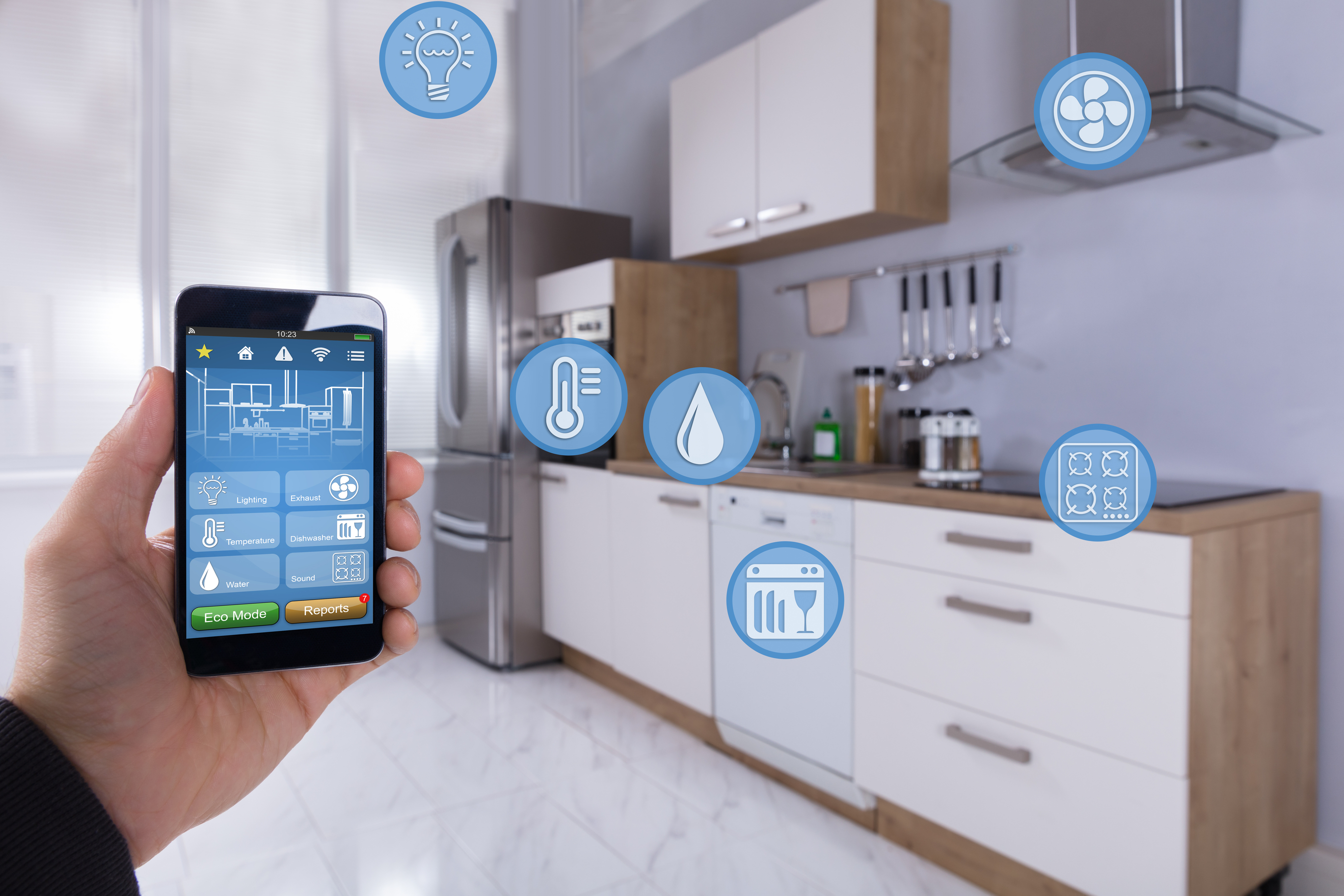Why Smart Homes Are Losing Their Appeal
Written by Arbitrage • 2025-11-21 00:00:00

Over the past year, a funny thing has happened in home design: "dumb houses" have become a flex. Instead of adding more apps and voice assistants, a growing share of homeowners - from design-forward millennials to luxury buyers - are unplugging. They are favoring analog light switches over touchscreens, mechanical shades over cloud-linked motors, and "digital-detox" nooks over wall-to-wall screens. "People are creating 'dumb homes,'" said Beth McGroarty, vice president of research at the Global Wellness Institute, pointing to an "analog wellness" movement that swaps high-tech setups for simple buttons and knobs. Architect Yan M. Wang added that a home where "technology is always in the background, working and listening, feels anxiety-producing," which is the opposite of restorative.
If you're wondering whether this is just vibes, look at the data. Zillow's latest trend report shows "reading nooks" are appearing 48% more often in listings - a small but telling symbol of unplugged relaxation. According to some researchers, the return to analog hobbies and spaces is about more than nostalgia for pre-internet times. Rising costs for smart devices, new advances rendering old systems obsolete, and tech troubleshooting can also cause homeowners headaches.
The privacy and security backdrop is hard to ignore. Deloitte's 2024 Connected Consumer survey found 71% of U.S. consumers worry their digital activities put them at risk, and nearly half (48%) reported at least one security breach in the past year - markedly higher than in 2023. Those concerns spill into the living room, where smart speakers, cameras, TVs, locks, and thermostats quietly hoover up data. Researchers at NYU and Northeastern have documented how common IoT protocols (the sets of rules that allow connected devices to communicate, exchange data, and coordinate actions across a network) can leak device identities and even household geolocation on local networks.
Even die-hard gadgeteers are hitting usability walls. The Wall Street Journal profiled a home-automation hobbyist with 200+ smart devices who refused to reconnect a "smart" microwave after a power outage. He told the WSJ, "Do I really need to get my phone, open an app... when I'm literally standing in front of the thing and could just push the 'open' button?" The article reported that fewer than half of smart-appliance buyers consistently keep them online, citing privacy worries, flaky connectivity, and meager real-world benefits.
So why are "dumb houses" catching on? First, reliability. Mechanical controls fail gracefully; cloud integrations can break with a firmware update, a dead company, or an expired subscription. Second, longevity and resale clarity. Real-estate pros note that some buyers, especially in vacation-home markets, prefer fewer points of failure and less hand-off hassle with passwords and accounts. Third, mental health. Designers and researchers tie the shift to "analog wellness": smaller, cozier, more intentional spaces that let people put the phone down and feel off-duty at home.
There are trade-offs, of course. Smart thermostats and lighting can cut energy use and bills when well-designed and actually used, and some surveys show most owners feel they're "worth the money." Property managers also report operating-cost benefits from connected controls. And in tech-centric markets such as San Francisco or Austin, smart features can still nudge value or buyer appeal. The real-world catch is fragmented apps, standards that are still maturing, and features people don't use daily. That gap between promised convenience and practical payoff fuels the move back to simpler baselines.
The tension between convenience and calm is exactly what the "dumb house" trend is trying to resolve. If you're deciding where to land, borrow the best of both worlds. Start with a "dumb" default, such as manual switches, high-quality appliances without logins, and restful rooms designed for reading or conversation. Layer in targeted, mature smart features that earn their keep, like a learning thermostat, leak sensors, or a camera at a tricky delivery entrance. And before you connect anything, read the privacy settings, enable strong authentication, and confirm that the device still works, even if the app or cloud service doesn't. That way, your home feels like a sanctuary rather than another gadget.